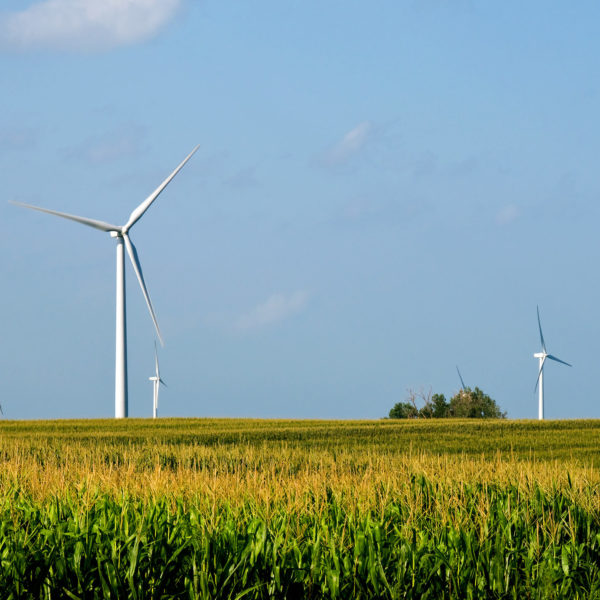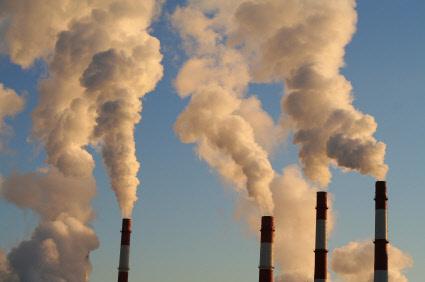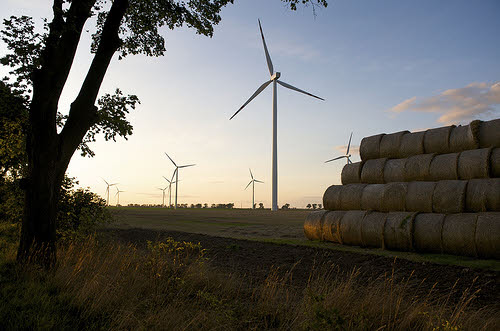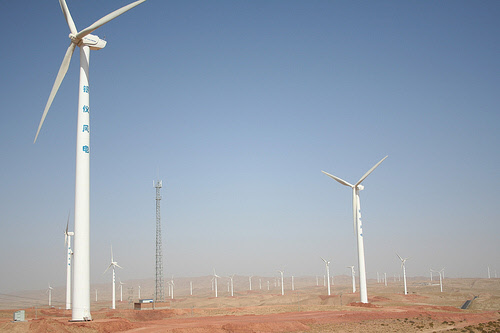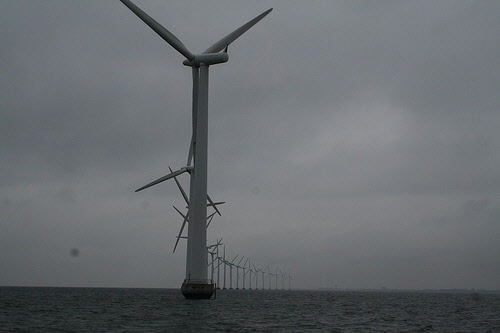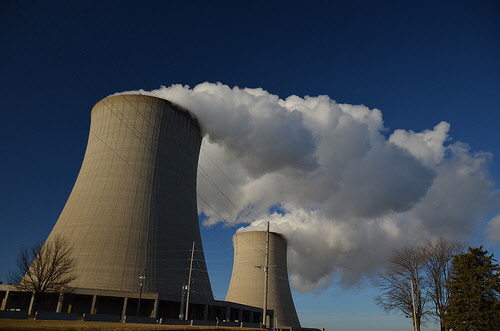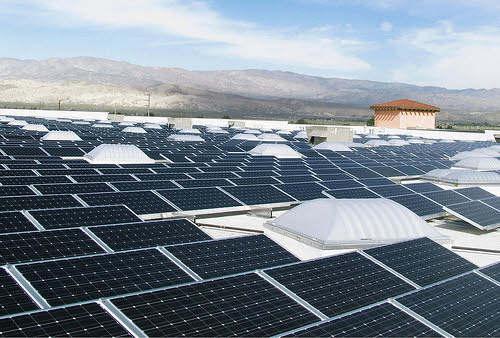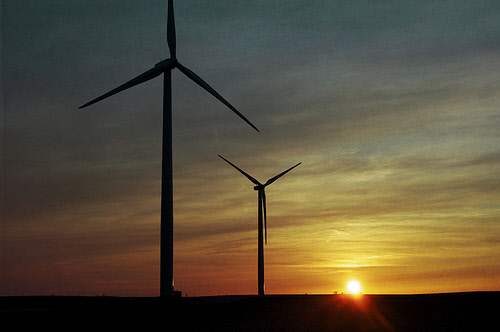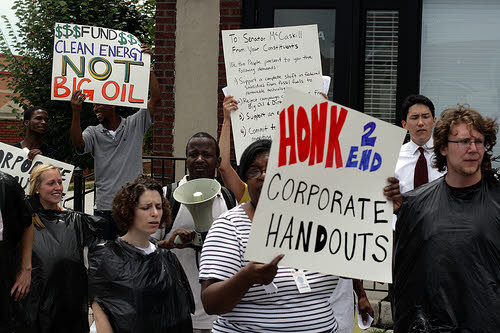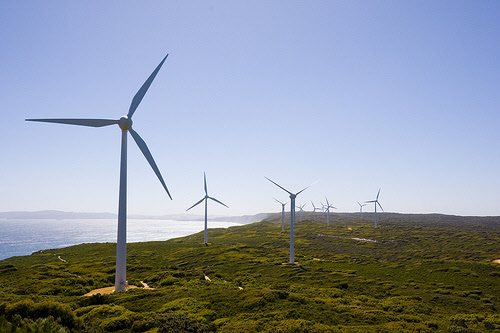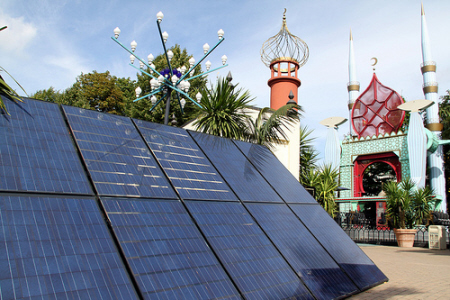Every month, your home or business uses a mix of energy that includes fossil fuels from your electricity supplier or local utility. Would you like to use your monthly energy bill to vote for renewable energy?
Tag: renewables
Climate Change Facts Sheet
The Earth Policy Institute pulls together a collection of alarming climate change facts that illustrate the need to move away from fossil fuels.
European Wind Power: Denmark, Portugal, and Spain Leading the World
European wind power developments in Denmark, Portugal & Spain are demonstrating the feasibility of this technology to the rest of the world.
Generation Gap: Wind Power Opens Big Lead over Nuclear in China
By J. Matthew Roney In China, wind power is leaving nuclear behind. Electricity output from China’s wind farms exceeded that from its nuclear plants for the first time in 2012, [ … ]
2013: Record Year for Offshore Wind
Offshore wind power installations are on track to hit a seventh consecutive annual record in 2013. Developers added 1,080 megawatts of generating capacity in the first half of the year, expanding the world total by 20 percent in just six months. Fifteen countries host some 6,500 megawatts of offshore wind capacity. Before the year is out, the world total should exceed 7,100 megawatts. Although still small compared with the roughly 300,000 megawatts of land-based wind power, offshore capacity is growing at close to 40 percent a year.
U.S. Nuclear Power in Decline
Nuclear power generation in the United States is falling. After increasing rapidly since the 1970s, electricity generation at U.S. nuclear plants began to grow more slowly in the early 2000s. It then plateaued between 2007 and 2010—before falling more than 4 percent over the last two years. Projections for 2013 show a further 1 percent drop. With reactors retiring early and proposed projects being abandoned, U.S. nuclear power’s days are numbered.
World Solar Power Topped 100,000 Megawatts in 2012
The world installed 31,100 megawatts of solar photovoltaics (PV) in 2012—an all-time annual high that pushed global PV capacity above 100,000 megawatts. There is now enough PV operating to meet the household electricity needs of nearly 70 million people at the European level of use.
Bike-Sharing Programs Hit the Streets in Over 500 Cities Worldwide
Earth Policy Institute reports on the growth of bike share programs. From their humble origins in Northern Europe, the bike share has become an available form of alternative urban transportation in much of the developed world.
Iowa and South Dakota Approach 25 Percent Electricity from Wind in 2012: Unprecedented Contribution of Wind Power in U.S. Midwest
Defying conventional wisdom about the limits of wind power, in 2012 both Iowa and South Dakota generated close to one quarter of their electricity from wind farms.
The Energy Game is Rigged: Fossil Fuel Subsidies Topped $620 Billion in 2011
The energy game is rigged in favor of fossil fuels because we omit the environmental and health costs of burning coal, oil, and natural gas from their prices. Subsidies manipulate the game even further. According to conservative estimates from the Global Subsidies Initiative and the International Energy Agency (IEA), governments around the world spent more than $620 billion to subsidize fossil fuel energy in 2011.
The Great Transition, Part II: Building a Wind-Centered Economy
Over the past decade, world wind electric generating capacity grew at nearly 30 percent per year, its increase driven by its many attractive features and by public policies supporting its expansion. Wind is abundant, carbon-free and nondepletable. It uses no water, no fuel, and little land. Wind is also locally available, scales up easily, and can be brought online quickly. No other energy source can match this combination of features.
Solar Cell Production Climbs to Another Record in 2009
By J. Matthew Roney Solar photovoltaic (PV) cell manufacturers produced a record 10,700 megawatts of PV cells globally in 2009—an impressive 51-percent increase from the year before. While growth in [ … ]
Green Talk Radio: Electric Cars and New Battery Technologies with Renewables
Sean Daily, Green Living Ideas’ Editor-In-Chief, talks about electric cars, car kits, and new battery technologies with Steve Heckeroth, electric vehicles expert and owner of Renewables. [Courtesy of our friends [ … ]

